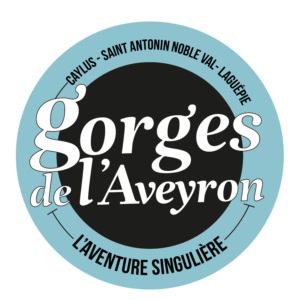Verfeil-sur-Seye, a fortified town founded by Alphonse de Poitiers (1250-1269), was built around a market square. Weakened by the Wars of Religion and a fire, it was largely rebuilt in the 19th century. Verfeil-sur-Seye, a fortified town founded between 1250 and 1269 by Alphonse de Poitiers, has an orthogonal layout centred on a market square. Its commercial development was slowed by the Wars of Religion and a fire, leading to the reconstruction of many houses in the 18th and 19th centuries. Among its heritage features, the house with the cross (1853) illustrates local architecture with its sculpted frame, while the medieval house still has its 13th-century pointed arches, evidence of the former commercial activity. The Place de la Courte Boule occupies the former defensive ditch and has been home to the foirail since the 19th century. The development of the village accelerated after the creation of the departmental road no. 20 (1853-1854) and the railway line, encouraging the construction of businesses such as the former Dujol hardware store (1898) and the Molinier saddlery. The market hall, rebuilt in 1887, is reminiscent of the one in Caylus, while the church of Saint-Pierre-aux-Liens, converted in the 19th century by Théodore Olivier, houses a sculpted 18th-century high altar, listed in 1958. Nearby, the "former convent", a Catholic girls' school founded in 1842, is now a centre for disabled young people. The covered square, the heart of the bastide, has preserved its arcades, some of which date back to the 13th century and were remodelled in the 19th century. The war memorial (1922) pays tribute to those who lost their lives in the First World War, while the Viguier house, built after the development of the departmental roads, bears witness to the bourgeois architecture of the late 19th century. The town hall-school (1883), designed by the architect Léopold Gardelle, belongs to the school building style of the Third Republic. Lastly, the wash-house and former communal fountain, built in 1895, are reminders of the importance of water in daily life, with a covered wash-house still marked by the graffiti of the washerwomen.
-
Rates
FREE











